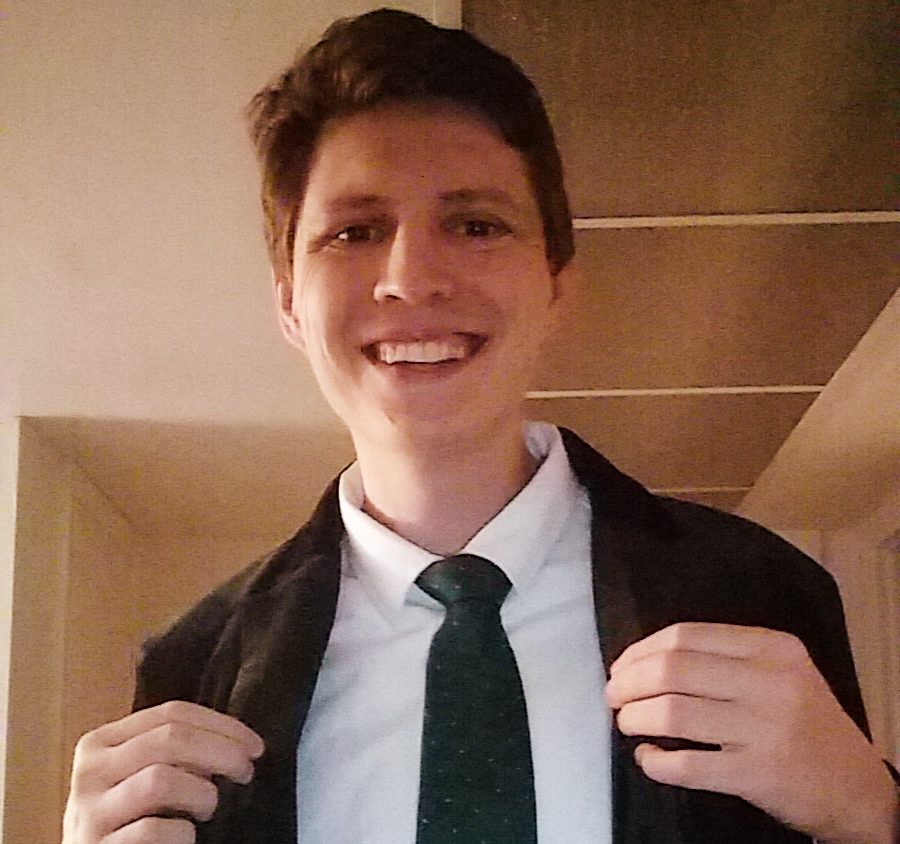Rock Out To This Magnificent Mashup of Zelda’s “Gerudo Valley” and Castlevania’s “New Messiah”
Posted on July 01 2020 by Sean Gadus
The Legend of Zelda and Castlevania are two of the most iconic franchises in videos games. Each series has produced genre defining games throughout the past thirty years, though the Zelda series has been much healthier in the past decade. One theme that connects these two franchises is great music, with both franchises featuring a plethora of tunes that fans almost instantly recognize.
This fascinating arrangement by GLASYS combines songs from both The Legend of Zelda and Castlevania franchises. The remix combines “Gerudo Valley” from Ocarina of Time and “New Messiah” from Castlevania II: Belmont’s Revenge. Belmont’s Revenge was the second Castlevania game released on Game Boy in 1991. The title is somewhat confusing since there was a different Castlevania II (Simon’s Quest) released on the Nintendo Entertainment System in 1988. Meanwhile, Ocarina of Time was released in 1998 on the Nintendo 64, quickly becoming one of the most popular video games of its generation.
While there have been many covers of “Gerudo Valley” throughout the years, this arrangement has several great ideas that set it apart from other remixes. First, the arrangement has a lush, expansive sound. GLASYS uses technology to lavishly recreate the sounds of a violin, viola, cello, french horn, trumpet, flute, and double bass. This gives the arrangement its bold and layered soundscape. The addition of “New Messiah” from Castlevania also helps the arrangement standout. Adding a second song allows the creator to riff on “Gerudo Valley” in interesting ways, and adding a song that Zelda fans might not know is a great way to surprise and keep fans on the edge of their seat. For example, there are several wonderful moments when the arrangement transitions from the familiar “Gerudo Valley” to the less familiar “New Messiah,” and these moments feel thrilling and dramatic.
The wild, distinct sound of the instrumentation immediately caught my attention, and, according to the creator GLASYS, the lush sound directly relates to the technology used to create the sounds. In the description for the video, GLASYS discusses how he used a process/technology known as “SWAM” Virtual Instruments (from Audio Modeling) to simulate the sound of all the instruments heard in the video. GLASYS gushes about the sound of the instrumentation, saying that it “blows his mind” that the sounds heard throughout the video did not come from real instruments. If you are interested in the technology, stick around for the end of the video (starting at 3:19) where GLASYS explains and shows off the technology on display in the video.
What do you think of this “Gerudo Valley” and “New Messiah” arrangement? Let us know in the comments below!

Sean Gadus is a Senior Editor at Zelda Dungeon. His first Zelda game was Ocarina of Time, and he loves all of the 3D Zelda games from 1998-2011. The final battle of Tears of the Kingdom is one of his favorite final battles in the entire series. He wants to help build a kinder, more compassionate world. You can check out his other written work at The-Artifice.com.



